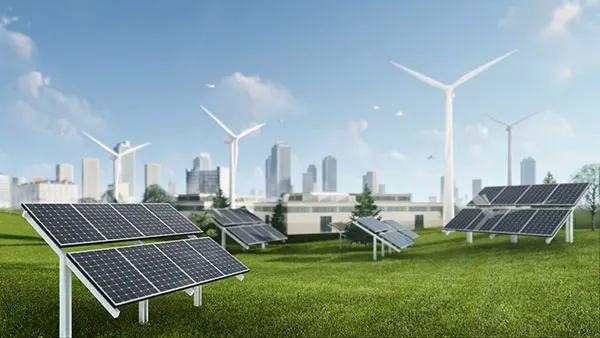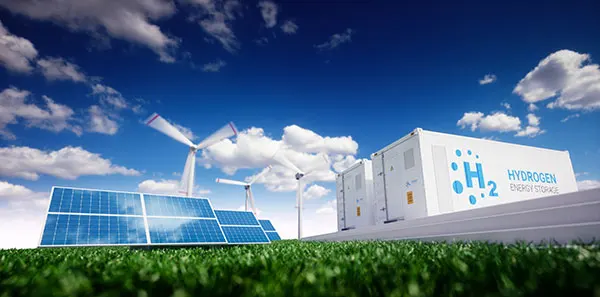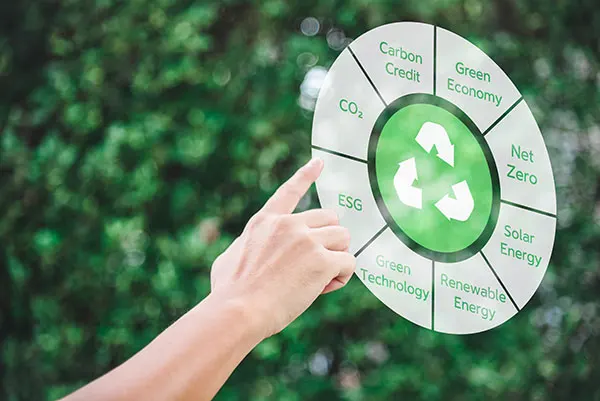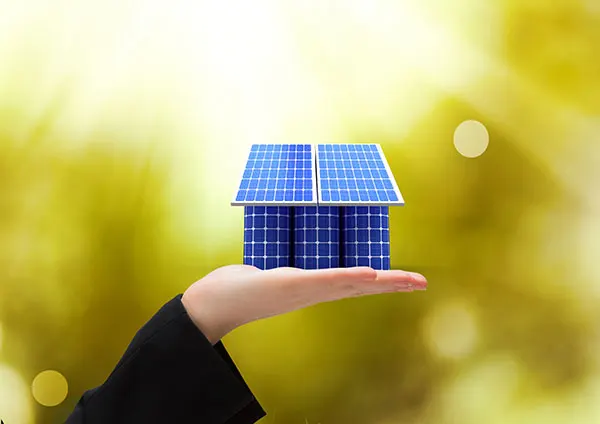
Comparing Opportunities in 2023: Green Energy vs. Renewable Energy - Which Option Holds the Greater Potential?
As the world continues to grapple with the challenges posed by climate change, the search for sustainable energy alternatives has gained momentum. Green energy and renewable energy have emerged as two prominent contenders in the quest for a cleaner and more environmentally friendly future. In 2023, these two options present significant opportunities for economic growth, job creation, and environmental preservation. In this blog, we will delve into the comparison of green energy and renewable energy, exploring their potential and evaluating which option holds greater promise for a sustainable future.

Understanding Green Energy
Green energy, also known as clean energy, refers to energy generated from sources that have minimal environmental impact. This includes energy derived from renewable sources such as solar, wind, hydroelectric, geothermal, and biomass. The primary objective of green energy is to reduce greenhouse gas emissions and minimize reliance on fossil fuels.
Exploring Renewable Energy
Renewable energy encompasses a broader spectrum of energy sources. It includes green energy sources but extends to include other alternatives like nuclear energy, which does not produce direct greenhouse gas emissions but poses other concerns regarding waste management and safety.


Comparing Environmental Impact
When evaluating the potential of green energy and renewable energy, their environmental impact is a crucial factor. Green energy sources such as solar and wind power have a significantly lower carbon footprint compared to conventional energy sources. They harness the power of natural elements to generate electricity without releasing harmful emissions. In contrast, while some forms of renewable energy like nuclear power do not emit greenhouse gases, they still pose concerns regarding radioactive waste management and the potential for accidents.
Energy Efficiency and Scalability
In terms of energy efficiency, green energy sources are often more effective than certain forms of renewable energy. Solar panels and wind turbines, for instance, have experienced substantial advancements in technology, resulting in higher efficiency and lower costs. On the other hand, certain renewable energy technologies, like nuclear power plants, require substantial initial investment and have limitations in terms of scalability.


Economic Potential and Job Creation
Both green energy and renewable energy offer significant economic potential and job creation opportunities. The shift towards a sustainable energy sector opens up avenues for investment, innovation, and the development of new industries. Green energy solutions, such as the installation and maintenance of solar panels and wind farms, have already led to the creation of numerous jobs globally. Additionally, renewable energy infrastructure projects, such as the construction of hydroelectric power plants or nuclear reactors, have the potential to generate substantial employment opportunities.
Policy and Regulatory Landscape
The policy and regulatory landscape play a crucial role in shaping the potential of green energy and renewable energy. Governments worldwide are implementing incentives, subsidies, and supportive frameworks to encourage the adoption of cleaner energy sources. The emphasis on reducing carbon emissions and achieving climate goals further strengthens the case for green energy investments. However, the adoption of certain renewable energy technologies like nuclear power is subject to stringent regulations and public sentiment, making it a more complex option to implement.

While both green energy and renewable energy present significant opportunities in 2023, the potential for a sustainable future leans towards green energy. Green energy sources, such as solar and wind power, offer a cleaner and more scalable option with lower environmental impact. Moreover, advancements in technology, declining costs, and the strong policy support for green energy make it a promising investment for businesses, governments, and individuals alike.
That said, it's important to acknowledge that the transition to a sustainable energy future will require a combination of various energy sources. The pursuit of renewable energy options, including nuclear power, cannot be disregarded, as they contribute to a diverse and resilient energy mix. The ultimate goal should be to strike a balance between maximizing the potential of green energy and responsibly integrating other renewable energy sources.
As we move forward, the key lies in continued innovation, collaboration, and sustained efforts to create a sustainable energy ecosystem that not only mitigates the impacts of climate change but also drives economic growth and improves the quality of life for future generations.